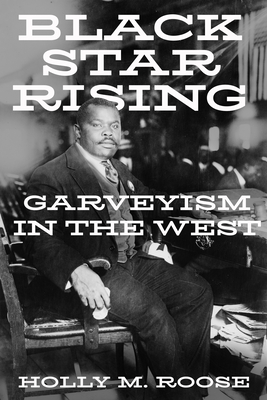In 1916, Marcus Garvey, a recent immigrant from Jamaica, moved to New York City and established what would quickly become the largest Black mass movement in world history. Garveyism and the Garvey movement had a profound effect on the Black diaspora. In the eastern United States, the official name for Garvey's organization, the Universal Negro Improvement Association (UNIA), began with thirteen members in 1916; by the early 1920s, it had more than 700 chapters spread through thirty-eight states. Internationally, there were hundreds of branches stretching across forty-one countries. Garveyism spread throughout the western US in the early 1920s. However, due to the small communities of Blacks who settled in the West, as well as the significant presence of other diverse racial groups, Garveyism on the West Coast looked very different from Garveyism elsewhere. Unlike in other geographic locations, Garveyites on the West Coast worked in conjunction with non-Black groups, which included East Indians, Mexicans, Pacific Islanders, and Asians. These multiracial leaders contributed to the western Garvey movement and spoke at UNIA chapter meetings, as their own nationalist movements corresponded with the rise of this popular Black nationalist movement. Whereas Garveyites on the East Coast fought constantly with the NAACP and the Urban League, these groups did indeed work together sporadically on the West Coast. Surveillance records from the American government provide evidence of the complex multiracial connections that occurred in the American West. While most scholarly research on Garvey has to this point examined the factions of the movement on the East Coast, Roose seeks to expand our knowledge of how we view Black nationalism, drawing out the complexity of the multicultural and multiracial Garvey movement as it existed on the West Coast. Black Star Rising offers new dimensions to conversations on race in the United States, Black nationalist movements, and multicultural organizing in the American West.










